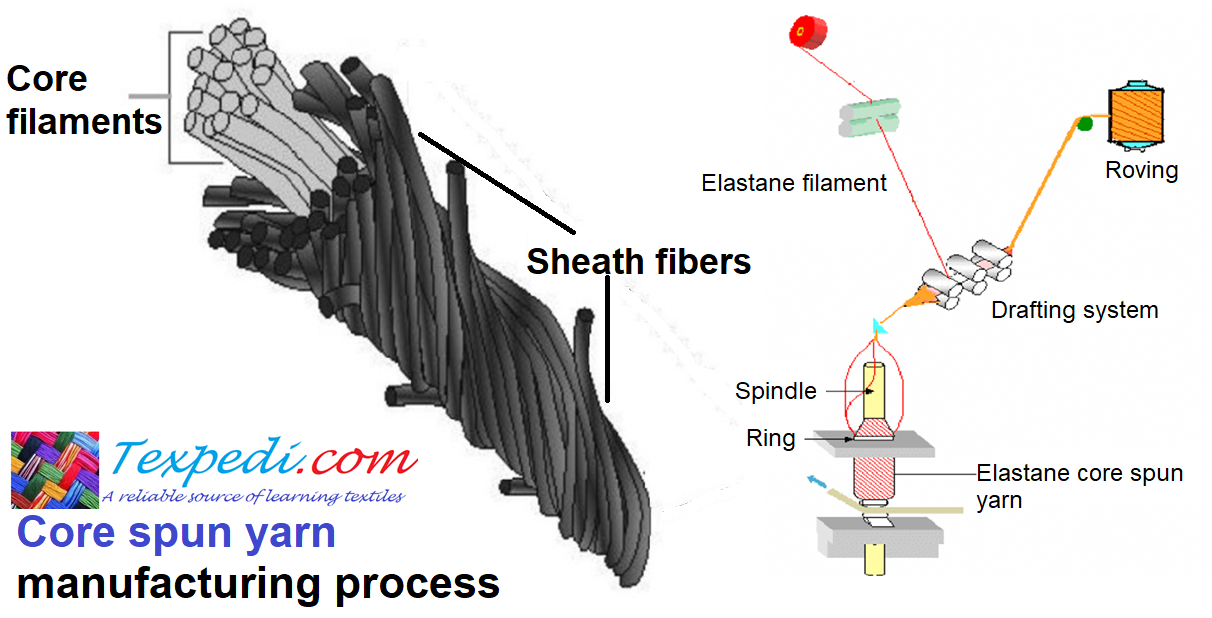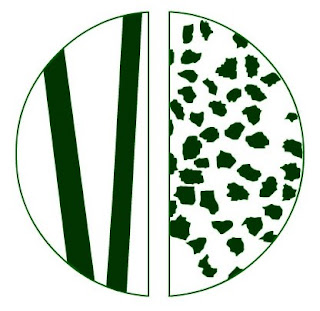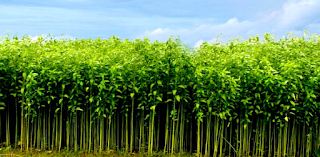Once, jute fibre was widely known as the “golden fibre” or cash-crop of Bangladesh because of it’s quality and demand. Jute is a vegetable bast fibre next to cotton in importance. Fibres which are obtained from stem or bark of certain vegetable plants, are called bast fibres. Such as –Jute, flax, hemp, ramie, kenaf etc.
In the trade there are usually two popular names of jute -White and Tossa. Jute fibres are finer and stronger than Mesta and are, therefore, better in quality. Depending on demand, price and climate, the annual production of jute and allied fibres in the world, remains around 3.5 million tons.
Major Jute fibre producing countries in the world
Major producing countries are Bangladesh (Mymensingh, Rangpur, Dhaka, Faridpur, Jessore, Pabna) and India (West Bengal, Cooch Bihar, Tripura, Assam and Orissa). Other countries are Myanmar, Nepal, China, Taiwan, Brazil, Indonesia and Thailand. Jute fibres owing to their significant physico-chemical properties, are used in versatile applications.
Types of Jute fibres
On the basis of quality of raw jute which are in practice: a) Pucca grading and b) Kucha grading.
a) Pucca grading
Raw jute from which roots have been cut.
1. White jute:
👉Bangla White special (BWS): White or creamy, finest texture, very good lustre, clean, well-hackled, completely free from any defects and entirely free from red ends.
👉Bangla White-A (BW-A): White to light cream, fine texture, strong and very good lustre, clean, completely free from red ends and any blemish.
👉Bangla White-B (BW-B): Light cream to straw colour, good texture, strong and good lustre, well-hackled and free from blemish and red ends excluded.
👉Bangla White-C (BW-C): Light grey or light reddish to straw colour, clean, sound strength, average lustre, clean but free from croppy or hard gummy, tops and roots and red soft ends are permissible.
👉Bangla White-D (BW-D): Any colour, average strength, occasional bark and specks permissible, slightly croppy and gummy tops permissible and red ends also permissible.
👉Bangla White-E (BW-E): Any colour, any strength but free from perished fibres, unretted jute.
2. Tossa Jute:
Bangla Tossa special (BTS): Uniform golden or reddish colour, finest texture, very strong, very good lustre, clean cut and well hackled, and completely free from any defects.
👉Bangla Tossa-A (BT-A):
(a) Uniform sliver grey to golden colour, fine texture, strong and good lustre, clean cut and well hackled, completely free from any blemish.
(b) Uniform light golden to reddish colour, fine texture, strong and good lustre, clean cut and well hackled, completely free from any blemish.
👉Bangla Tossa-B (BT-B):
(a) Light to medium grey colour, sound clean, good texture, average lustre, clean cut and well hackled, free from any defects.
(b) Light grey or reddish excluding dark grey colour, sound clean, good texture, average lustre, clean cut and well hackled, free from any defects.
👉Bangla Tossa-C (BT-C): Mixed colours, average strength, occasional bark and soft specks allowable but free from runners, slightly croppy and gummy tops permissible, well cut and hackled but free from black root ends.
👉Bangla Tossa-D(BT-D): Mixed colours, average strength, occasional bark and specks allowable but free from runners, croppy and gummy tops permissible, rough cut and hackled but free from black root ends.
👉Bangla Tossa-E(BT-E): Any colour, any strength but free from unretted jute and stick and perished fibers. Rough cut and hackled bark and hard centre permissible.
b). Kucha grading:
Raw jute from which roots have not been cut.
Kucha Bales are graded as follows-
👉Tops: Very strong fiber, excellent colour and luster, free from all defects, cutting not more than (White 15% Toss 10%).
👉Middles: Strong sound fibers, average colour and luster, free from all specks rummers and harsh crop end (White 25% Tossa 15%).
👉Bottoms: Sound fibers, medium strength, free from all hard centered jute (White 30% Tossa 20%).
- B-bottoms: Sound fiber, medium strength, not suitable for higher grade (White 35% Tossa 25%)
- C-bottoms: Medium strength and any colour but free from runners and croppiness.
- X-bottoms: Weak, harsh jute but free from tangled jute and stick.
Classification of jute fibres according to Geographical distribution in Bangladesh
There are three types of jute according to their quality. Such as–
- Jat
- District
- Northern
👉Jat:
•This type of jute fibre grows in the district of Mymensingh, Dhaka and Comilla.
•These types of jute are considered to be best and finest in quality having strong, bald and lustrous fibres.
👉District:
The districts quality jute which is next to the jat with a soft, hair and light fibre. There are two types of it, such as–
i) Hard district: The hard district jute is better than the soft district. It mainly grows in the district of Faridpur.
ii) Soft district: This type of jute fibre grows in the district of Noakhali, Pabna, Barisal, lower Comilla and part of Dhaka.
👉Northern:
•This type of jute is grown in the district of Rajshahi, Dinajpur, Bogra and Pabna etc. in between the river Ganga and Brahmaputra.
•This type of jute is mainly low quality, hairy and little in length.
The chemical composition of jute fibre is given below:
- Cellulose = 65.2%
- Hemi-celluloses = 22.2%
- Lignin = 12.5%
- Water soluble = 1.5%
- Fat and wax = 0.6%
Main properties of Jute golden fiber
Ultimate-
- Length: 2.5mm
- Diameter: 18 microns
Single fibre-
- Length: 0.2-30 inch
- Tex: 1.9-2.2
- Tenacity (dry) 40 –70 gm/tex
- Extension at break: 2%
- Moisture regain :13.75%
- Specific gravity: 1.48
- Resiliency: Bad.
Texpedi.com
Check out these related articles:









Very helpful writing writing on natural fiber like Jute.